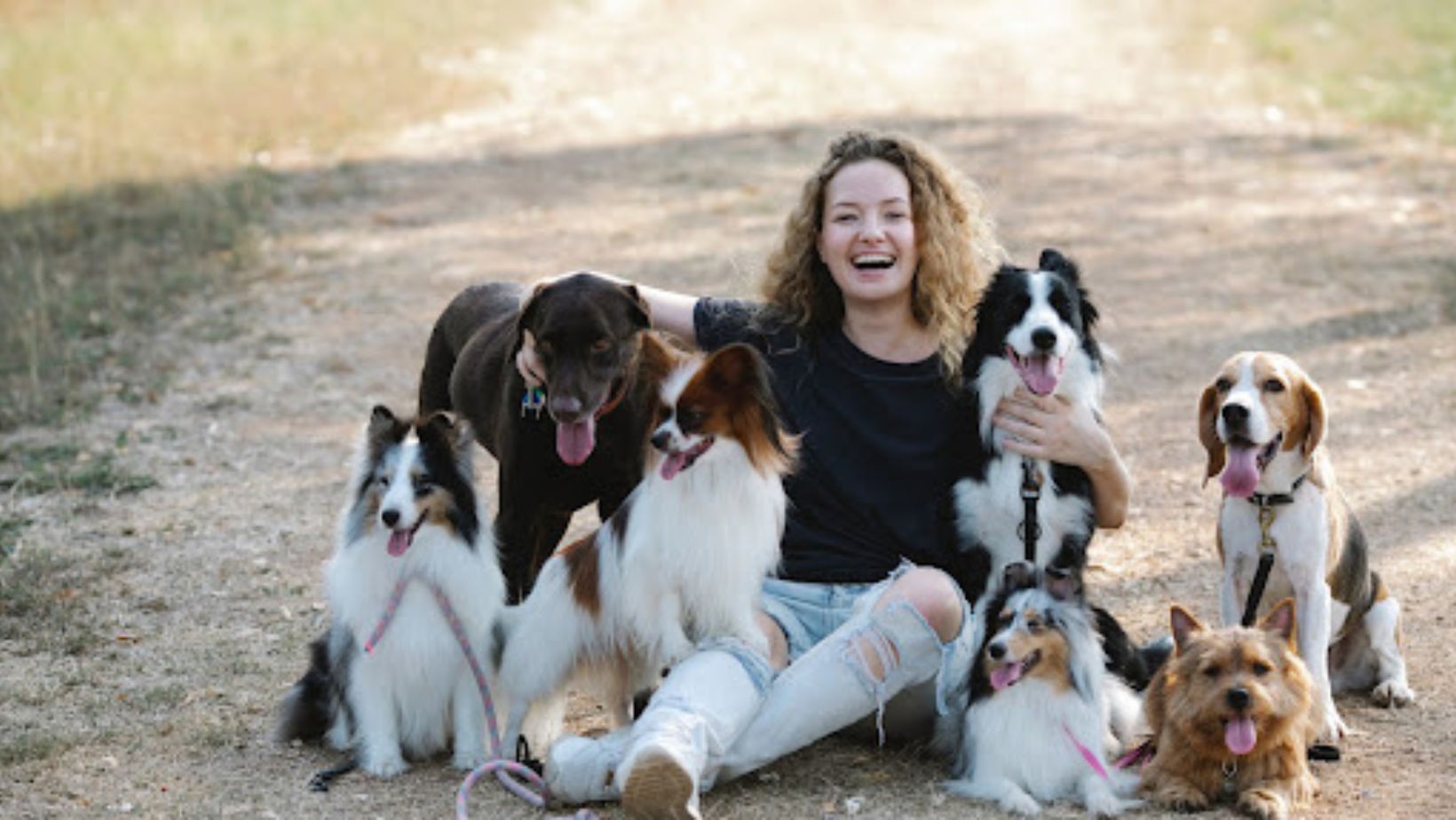How To Train Your Dog To Be Calm
Are you struggling to keep your furry friend calm and composed? Training your dog to be calm is an essential skill that can greatly improve their behavior and overall well-being. In this article, I’ll share some effective techniques on how to train your dog to be calm, allowing you both to enjoy a more serene and harmonious relationship.
One of the first steps in training your dog to be calm is establishing a consistent routine. Dogs thrive on structure and predictability, so creating a daily schedule for feeding, exercise, playtime, and rest will help them feel secure and relaxed. By providing clear boundaries and expectations through a routine, you can encourage your dog to develop self-control.
Another important aspect of training your dog to be calm is teaching them relaxation exercises. One effective method is the “sit-stay” command combined with deep breathing techniques. Start by commanding your dog to sit and stay while taking slow, deep breaths yourself. Gradually increase the duration of the “stay” command as your dog becomes more comfortable with remaining still.
The Importance Of Calmness In Dogs
As a dog owner, I understand the significance of having a calm and well-behaved canine companion. Training your dog to be calm is not only beneficial for their overall well-being but also for your own peace of mind. In this section, we’ll explore the importance of cultivating calmness in dogs and how it can positively impact both their behavior and your relationship with them.
- Reduced Stress: A calm dog creates a more relaxed environment, benefiting not just you but also other family members or pets in the home. By keeping stress levels low, you can provide an atmosphere that promotes better physical and mental health for everyone involved.
- Improved Focus: When dogs are calmer, they can concentrate better during training sessions. This allows them to grasp commands more quickly and respond appropriately to cues, making the training process smoother and more effective.
- Enhanced Socialization: Dogs that exhibit calm behavior are generally more approachable and easier to socialize with other animals or people. This opens up opportunities for positive interactions, reducing any potential aggression or anxiety-related issues.

Establishing Boundaries And Structure
- Consistent Routine: Establish a daily routine that includes regular feeding times, exercise sessions, and designated rest periods. Consistency in their schedule helps dogs feel secure and reinforces the idea of predictability.
- Positive Reinforcement: Reward calm behavior with praise, treats, or affection to reinforce their understanding of what is expected from them.
- Training Exercises: Incorporate obedience training exercises that promote impulse control and focus, such as “sit-stay” or “leave it.” These exercises teach dogs to remain calm even when faced with distractions.
- Avoid Overstimulation: Be mindful of situations or environments that may trigger excitement or hyperactivity in your dog. Gradually expose them to these stimuli while reinforcing calm behavior through positive reinforcement techniques.
Creating A Calm Environment For Training
- Choose a Quiet Area: Find a quiet spot in your home or yard where distractions are minimal. This will help your dog focus better and reduce any unnecessary excitement or anxiety during training sessions.
- Remove Clutter: Clear the area of any clutter or objects that may distract your dog. A clean and organized space provides a sense of tranquility, allowing your furry friend to concentrate on learning.
- Establish Consistent Routines: Dogs thrive on routine, so establish a consistent schedule for training sessions. This helps create predictability and stability, which can contribute to a calmer state of mind.
- Use Soothing Background Sounds: Consider playing soft background music or using white noise machines during training sessions. Gentle classical music or nature sounds can have a calming effect on both you and your dog.
- Control Temperature and Lighting: Ensure that the temperature is comfortable in the training area, neither too hot nor too cold. Additionally, maintain adequate lighting conditions – not too bright or dim – as extreme variations can cause restlessness.
- Provide Comfortable Resting Areas: Set up cozy resting spots for your dog within the training environment. Comfortable bedding or mats can help them relax between exercises and reinforce the idea that this is their safe space.
- Minimize External Distractions: Close doors, windows, or use curtains to minimize visual distractions from outside stimuli like people passing by or other animals in the neighborhood.
Remember that creating a calm environment is just one part of successful dog training; consistency, positive reinforcement, and patience are also crucial elements in achieving desired results. By implementing these tips and providing an optimal setting for learning, you’ll be well on your way to training your dog to be calm and focused.